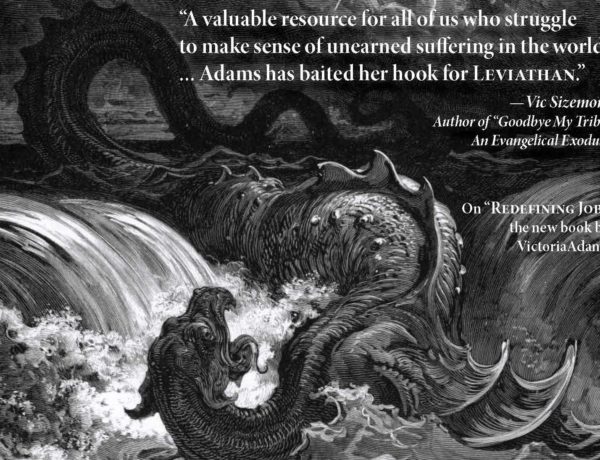Originally published September 5, 2015
History. A subject I have always been thoroughly fascinated with. Not just the dates, places and people often forced upon us by rote in mandatory classes. No, my research has always been from the perspective of what I might have done, thought, or felt. What might have caused these people to do as they did? What human frailty became the pivot, the fulcrum of history?
That inquisitiveness drew me to the tale of Maria Altmann. Her battle with the Austrian government is portrayed in the movie, Woman in Gold. I highly recommend it. Yes, it speaks of the Nazi invasion and possession of Austria and the events that followed, but it goes far deeper. The movie sheds some light on the Vienna of the late 1800s and early 1900s. This was a time of the literati, when parties and recitals were a nightly affair and the accomplished and the affluent of Austria met in private homes. Even reviews that find fault consider it a movie well worth the effort.
Maria Altmann was a child of the elite. She was raised in a home where personages such as Johannes Brahms, Gustav Klimt, Giacomo Puccini, Max Reinhardt, Arnold Schoenberg, Richard Strauss, and others who are no longer household names, were frequent visitors. It is Klimt who was commissioned by her uncle to paint her aunt Adele. This world was shattered the day Hitler marched into Vienna.
The movie portrays those dark months in flashbacks as it dramatizes Altmann’s battle with Austria to gain acknowledgement of her family’s title to the paintings. Randol Schoenberg, the grandson of Arnold, waged the battle in Austria and in the U. S. The case was heard by the Supreme Court. What I found most interesting was that key I always look for; the human side.
The Nazi’s were infamous in their looting of the treasures of Europe. The paintings, among other assets, held by the Bloch-Bauer’s were no exception. Originally entitled Adele Bloch-Bauer I, the name of the painting was changed in the Nazi effort to eradicate all things Jewish. Eventually, it acquired the status of the Austrian Mona Lisa. But, this was not a state treasure of the Austrian government, proudly displayed in the Belvedere Palace in Vienna. To Maria it was a family portrait. A piece that represented something very special about a happy, secure and intellectually challenging childhood. It was a painting of a fondly remembered aunt.
In later years, Maria discovered that her aunt’s jewelry was given to Hermann Goering’s wife. She said she didn’t feel too badly since she had heard the lady had done some good for people. One of these pieces was the diamond choker depicted in the painting.
That brings us to the more personal side of Maria Altmann. The Maria not dressed up in Hollywood depictions and poetic license. For that you must visit the memoir of Gregor Collins, The Accidental Caregiver.
It doesn’t matter if you are a caregiver, this is a delightful book with genuine insights into the woman, and the process of aging. Collins is a member of a team hired to look after Maria in the last three years of her life. He chronicles their relationship, their conversations, and the lessons learned from a woman that simply would not let life get her down. An invigorating personality that you could well see standing up against the governments of two nations and demanding whatever small part of her childhood could still be touched, without ever letting go of living life to its fullest right now, right here.
Again, I am reminded of her whole outlook. The money was never the real issue with her. In fact, the family gave large portions of the proceeds to charity. The division of what was kept was settled quickly and without squabble. Testimony to the grace and noblesse oblige which permeated the upbringing of many generations of Bloch-Bauers.
Collins does not dwell on the failings of the disease, he spotlights his charge and allows her spirit to shine through the day to day management of physical therapy, doctor’s visits, medications and moments of realization that the end was surely on the way. Having been a caregiver for 4 years, I chuckled as he described corralling three elderly ladies with the intent of getting them to a shared meal. I cried as I read the last days of Maria’s life, reliving those same experiences with my husband. He walked through those days with beauty, honesty, and genuine love for the woman.
Accidental Caregiver is not an instruction book on how to be a caregiver. It is a story of how one caregiver learned to see more than the diminished capacity of his charge. It is about seeing the humanity in all of us and of grasping that bit that makes us individuals in all circumstances and to all ends. It is a lesson in finding the good in life, however that good may masquerade.





No Comments